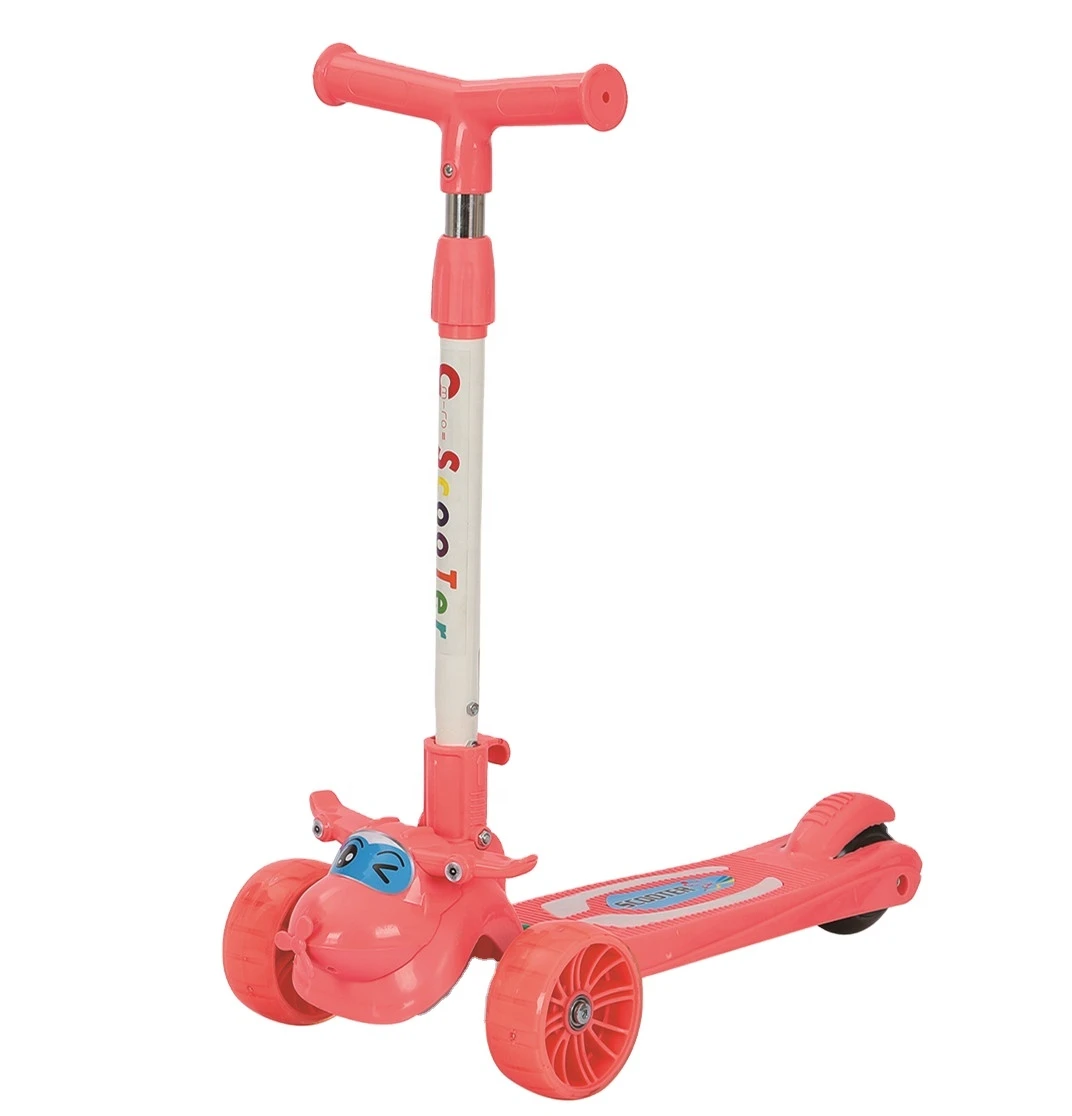dual suspension mtb
Understanding Dual Suspension Mountain Bikes The Ultimate Riding Experience
Mountain biking has evolved significantly over the years, and one of the most substantial advancements in this sport is the development of dual suspension mountain bikes (DS MTB). Unlike their hardtail counterparts, which only feature front suspension, dual suspension bikes are designed with both front and rear suspensions. This innovation provides a more forgiving and controlled ride, especially on rugged terrains. In this article, we will explore the mechanics, benefits, and considerations of dual suspension mountain bikes.
What is Dual Suspension?
A dual suspension mountain bike is equipped with two shock-absorbing systems one in the front fork and another in the rear triangle of the frame. This configuration allows for better shock absorption and improves the overall balance of the bike during rides on uneven surfaces. The rear suspension often uses a linkage system that allows the rear wheel to move independently from the frame, aiding in both comfort and traction.
Advantages of Dual Suspension Mountain Bikes
1. Enhanced Comfort One of the primary benefits of a dual suspension bike is the increased level of comfort it offers. The rear suspension absorbs impacts from obstacles like rocks and roots, reducing the amount of shock transferred to the rider. This is especially advantageous during long rides or on particularly rough trails.
2. Improved Traction With a dual suspension setup, the tires maintain better contact with the ground, enhancing traction. When riding over rocky or uneven terrain, the rear wheel can adapt to the surface more easily, allowing for better grip and control.
3. Better Control Dual suspension bikes offer superior handling capabilities due to their improved ability to navigate through rough sections of a trail. Riders can maintain a balanced posture, making it easier to tackle challenging descents and technical features.
4. Versatility These bikes are incredibly versatile and suitable for various riding styles, including cross-country, trail, enduro, and downhill mountain biking. Whether you’re cruising through smooth terrain or tackling steep inclines and descents, a dual suspension bike can handle it all.
dual suspension mtb

Considerations When Choosing a Dual Suspension MTB
While dual suspension bikes offer many advantages, they may not be suitable for everyone. Here are some factors to consider
1. Weight Dual suspension bikes are generally heavier than hardtails due to the additional components. This extra weight can be a downside if you're a competitive racer looking for speed and efficiency on climbs. However, advanced materials have reduced the weight of many models in recent years.
2. Cost Typically, dual suspension bikes are more expensive than their hardtail counterparts. The complexity of the technology and the quality of components play a significant role in the price. It’s essential to assess your budget and ideally test ride different models before making a purchase.
3. Maintenance The additional suspension components require regular maintenance. Keeping the shocks in good condition is crucial for optimal performance. Riders should be prepared for more frequent servicing than what might be required for a hardtail bike.
4. Riding Style Your personal riding style and the type of terrain you'll most frequently encounter should inform your choice. If you enjoy adrenaline-fueled descents and challenging trails, a dual suspension bike may be ideal. Conversely, for smoother trails or urban riding, a hardtail might suffice.
Conclusion
In summary, dual suspension mountain bikes represent a remarkable blend of comfort, control, and versatility that can significantly enhance the riding experience. For those who frequently navigate rough terrains or prefer a cushioned ride, these bikes are an excellent investment. However, potential buyers should carefully consider their riding style, budget, and readiness for increased maintenance. By understanding the unique features and benefits of dual suspension mountain bikes, riders can make informed decisions and enjoy their time on the trails to the fullest. So gear up, hit the trails, and experience the thrill that dual suspension mountain biking has to offer!
-
The Perfect Baby TricycleNewsAug.11,2025
-
Ride into Fun with Bikes for KidsNewsAug.11,2025
-
Ride into Adventure with the Perfect Kids Balance BikeNewsAug.11,2025
-
Fun and Safe Riding with the Best Childrens ScootersNewsAug.11,2025
-
Find the Perfect Childrens Bike for Your Little OneNewsAug.11,2025
-
Explore the Best Baby Tricycles for Your Little OneNewsAug.11,2025
-
Three-Wheel Light-Up Scooter Benefits for KidsNewsJul.11,2025








